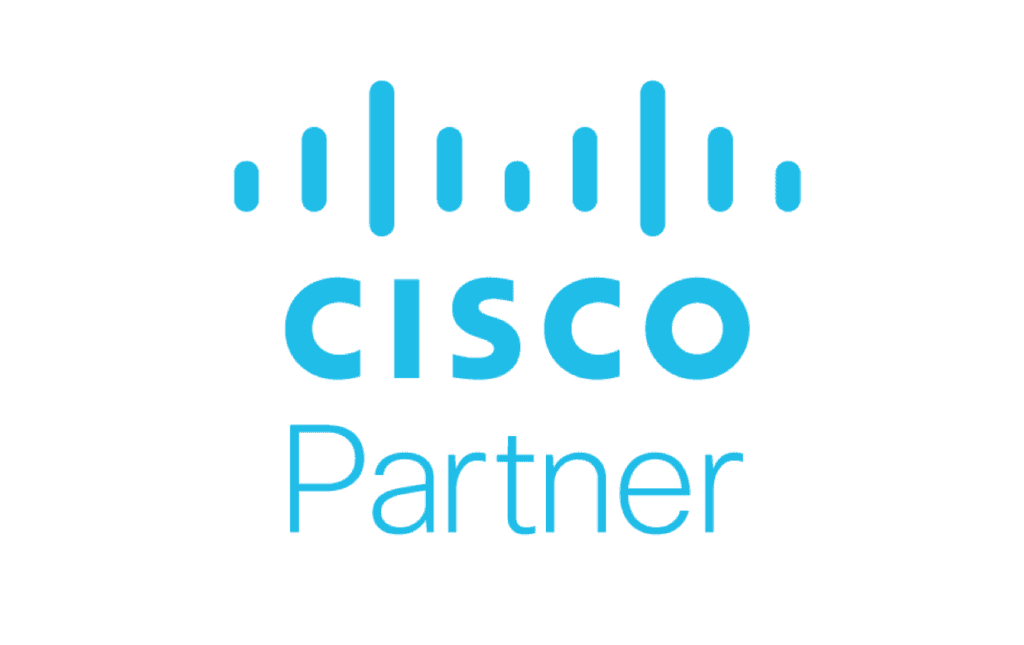Reducing Risk and Saving Time with Unified Communication Migration
Maybe you already decided that Unified Communication is the next leap forward for your business. Perhaps you are still weighing up the pros and cons of a move. Migration can be easily thought of as a con, it’s a potentially laborious and complex problem, but it doesn’t have to be.
In this article, we’ll break down the potential issues, and show you how we can get ahead of them. Obviously, every business is unique and every unified communications migration is going to be different, but here’s a big-picture checklist of what to consider during your impending migration.
First things first, let’s zoom out and look at the potential options for migration to help you plan out the next stage in your business development.
1. Parallel Build
With this option, the UC system is built, designed, and tested alongside your existing system. With both systems running in parallel, your team gradually switches over from the old system to the new one, introducing and implementing new systems without having to worry about one big switchover. Because it happens step-by-step, your IT team can address issues as they crop up and stop them from getting out of hand.
Also, because it is gradual, your employees have more time to learn and adapt to the new systems instead of being thrown into a sudden change. For some businesses, this is absolutely vital as people don’t like change, particularly with systems they’re familiar with and have been using for a long time.
The major downside to this is cost. By running two systems, there is an increase in management costs and server costs during the migration process. Gradual migration to UC is low-risk but can lead to increased costs in the short term.
2. Hot-cut
This is, without a doubt, the most high-risk approach, but it could lead to an immediate transition without doubling up the workload. When the new system is ready, the data is transferred and the previous system is just switched off.
In a perfect world, this means that the new system is in place right away, and you and the team can immediately access all the new and shiny tools of your improved system. As long as you were super careful and calculated, the new system could be up and running right away.
However, if things go wrong, turned the old system off then you could face serious downtime. With a hot-cut, you need to plan for every eventuality and probably some setbacks while you fix unforeseen problems.
Downtime can be a dealbreaker so think carefully. It may be less resource intensive and cheaper, but it is not without risk.
3. Gradual migration
In many ways, a gradual migration is similar to using parallel systems. Rather than having two complete systems running in tandem, you develop the new system as you go and integrate it piece by piece. A gradual deployment consists of linking the new and the old together. Perhaps routing the legacy system through the new for a while to acquire information and data, before gradually phasing out the old system.
As you can imagine, this takes a whole lot of planning and management and is not an easy process. However, it is low risk and the chance of anything going seriously wrong is low, as you’re still using the legacy system for a while and using it to establish the new system.
UC migration checklist for 2025

Ok, let’s take a look at some key processes in your migration process. Here are 5 key things to think about before and during the migration process.
Map the UC business needs
Think about what makes your business special. What makes it stand out? When you’re planning UC migration, you want to hold onto what makes your business excel. Why exactly are you moving to UC? Is it cost-savings, improved security, reduced management, or new tools? The absolute focus of the plan needs to be on what your business needs from UC.
Plan the timeline for UC migration
Talk with your IT team and sketch out a realistic time-scale. It’s imperative to set out a detailed plan, making sure everyone involved is prepared for every stage of the process. Think about how you’ll manage acquiring the software and hardware and when you’ll need it. Of course plans will change, but by setting it clearly out in the first place, everyone involved is better prepared and it might even prevent potential speed bumps down the line.
Set expectations, goals and KPIs for a successful UC migration
How will you know it’s working? How will you verify new system processes and know that they are working before switching over? Design a verification process so that you are not settling for less, to constantly remind you and your team of the end goal.
Ensure employees are ready for UC
Shifting to UC is going to be a huge shift for everyone in your company. How will you train them all? Consider this when planning out your timescale. Empower tech-savvy staff to become team experts, guiding their team through the transition.
People don’t like change, so you need to make sure they feel comfortable before you transition over to the new system. It may be better than the old one, but sometimes people take some convincing. And people learn by doing, so make sure they use the new skills right away.
Map out the risks of your UC migration
Any big changes involve risk and these need to be managed and reduced wherever possible. This requires honest communication and careful planning, so take care of this vital step.
A Well Managed Migration to UC
Unified Communication is the beating heart of enterprises all over the globe. According to UCToday, digital transformation is a $6 trillion market, all businesses can see the benefits and no-one wants to be left behind.
By planning carefully and following the checklist, leveling up your business by migrating to UC should all be smooth sailing. But there is no replacement for an expert. Here at Tuki, we’re world leaders in transformational UC and automatic management. We’ve led the charge for enterprises all over the world in their UC journey and built up an unrivaled knowledge pool and team of experts.
With the Tuki 4-step process, the transition is pain-free as your business levels up with zero downtime. If you want to streamline and simplify the migration process, get in touch with us today and see how we can help take your business to the next level.
FAQ
How can I ensure a smooth transition during a UC migration?
Planning is crucial to ensure a smooth UC migration. Use a structured migration approach, conduct thorough testing, and ensure proper training for end-users. Additionally, ensure that network configurations, security settings, and system compatibility are validated to prevent disruptions during the transition.
What are the main benefits of migrating to a cloud-based UC solution?
Migrating to a cloud-based UC solution like Webex offers scalability, reduced infrastructure costs, and improved collaboration. It ensures greater flexibility, allowing businesses to scale up or down based on their needs. A Cisco cloud migration streamlines communication and enhances mobility, allowing teams to collaborate from anywhere.
What are the most common mistakes companies make during UC cloud migration?
Common mistakes during UC migration include inadequate planning, failure to assess compatibility, and underestimating the training needs of employees. Additionally, overlooking network infrastructure requirements or ignoring the need for robust security measures can lead to delays and service disruptions. A well-documented migration plan can help mitigate these risks.
How do I measure the success of a UC migration?
Success can be measured by evaluating the system’s uptime, user satisfaction, and performance post-migration. Key metrics include system stability, improved collaboration, and a reduction in support tickets, indicating seamless integration into the new cloud-based UC environment.
How can I ensure minimal downtime during a UC migration?
To minimize downtime during a UC migration, implement a phased migration approach, using parallel systems where necessary. Ensure that proper backup and recovery plans are in place, and conduct extensive testing before going live to identify potential issues early.










